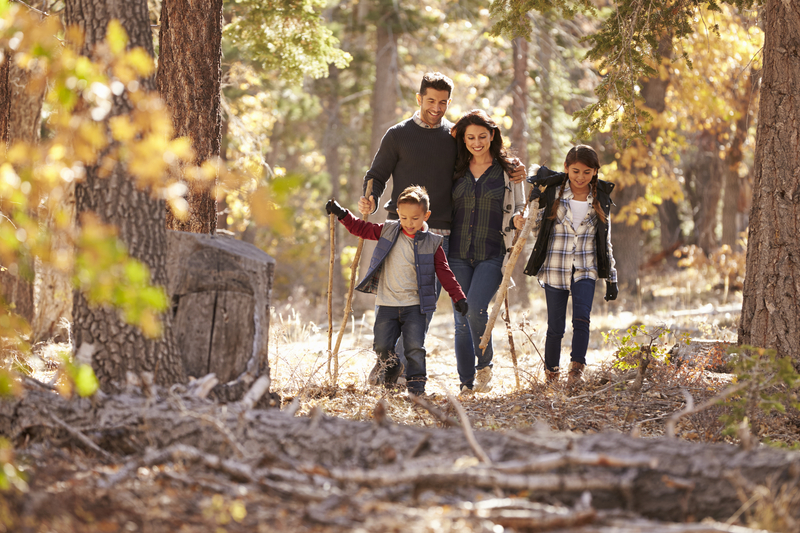What Is Nature Deficit Disorder?
Richard Louv coined the phrase “nature-deficit disorder” in his 2008 book Last Child in the Woods. The term describes the adverse effects of the dearth of nature in the lives of today’s young people, including depression, obesity, and attention disorders.
His most recent book, Our Wild Calling, brings in another factor: Loneliness. “I believe our loneliness is also rooted in something older, deeper: our alienation from the natural world, our desperateness to feel that we are not alone in the universe—our ‘species loneliness,’” he told Taste for Life.
Mental Health and Getting Outside
We live in a digital age when both kids and adults spend more time indoors than ever, researchers say. That’s led to more sedentary lifestyles, less time in the sun and the fresh air, and fewer chances to interact spontaneously with others. For children, it can mean fewer opportunities to figure out their direction in life.
Nature and Childhood Development
“Nature is open-ended,” says Susie Spikol, community programs director and naturalist at the Harris Center for Conservation Education in Hancock, NH. “It’s unexpected and never the same. So when children spend time in nature, it wakes up their curiosity and allows authentic experiences. It’s the real deal.”
Outside of classroom walls, Spikol notes, a child can be “an explorer, a scientist, or an artist. But mostly they can just be themselves. We are hardwired to be in nature. It’s where we came from and it’s where we are most ourselves. For kids, nature is one of the best teachers they can have.”
How to Reconnect with Nature
Need some ideas for safely communing with the outdoors? Here’s a sampling from Richard Louv’s Children & Nature Network blog:
-
Pick a Sitting Spot
Find a special place in nature to visit and revisit—a tree in the backyard, a nearby creek, a rooftop garden. Get to know it in all seasons; learn the wildlife that visits, learn the plants.
-
Look Out the Windows
Set up a “world-watching window” for times when you can’t get outdoors: Pick a view that’s relaxing and will take you outside of yourself.
-
Take a Hike
Choose a trail or a walk where you can safely avoid crowded places and pay attention to what you see, hear, and smell along the way.
-
Camp at Home
Go camping in the backyard, on the rooftop, or on the deck: You and your kids can get away from it all without leaving home.
-
Look for Nature Everywhere
Live in the city? Check out National Geographic’s "Finding Urban Nature" guide.
Have a yard? The National Wildlife Federation’s guide can help you build a backyard wildlife habitat.
-
Plant a Tree or Adopt One
Nurture nature in your neighborhood by planting or adopting a tree, perhaps to mark a special event, and watching the way it changes over the course of a year.
-
Read Inspiring Books
Read books that will inspire outdoor adventure. Louv suggests the following:




